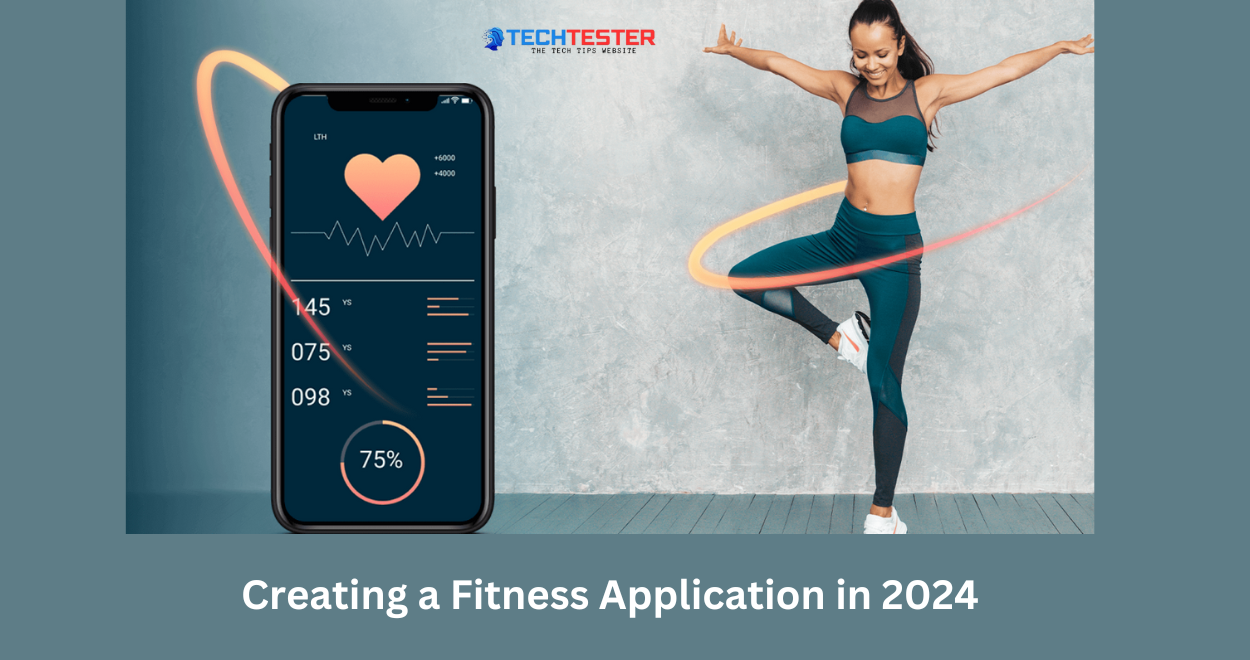With health consciousness prevailing like never before, fitness app development is now a highly promising business for businessmen and developers. Since people look for easy methods to sustain their health, there is an increasing need for unique fitness applications. In this guide, you will learn basic and strategic steps that will help you establish a successful fitness app in the year 2024.
Understanding the Fitness App Landscape
First, it is essential to understand the nature of the fitness application market in which the application will be developed. As the focus on health and wellbeing continues to grow among users, fitness apps today are considered essential for tracking results, getting recommendations for exercise, and promoting a healthy lifestyle. This trend has made it possible to have a variety of fitness apps that meet different needs and wants of the users.
Key Steps in Fitness Application Development
Market Research: The Foundation of Success
The first key to designing a popular fitness app is understanding the target market. This involves:
Designating major rivals and the products they provide
Identification of user pain points and how current apps help to mitigate or eliminate them
Defining your niche
Knowing the market status will help you in decision making regarding the future of your app and the features to include.
Defining Your App’s Identity
Select your target platform: iOS, Android or both
Choose a monetization model (freemium, subscription, one-time payment)
Identify major selling points and areas of possible differentiation
So, always bear in mind that the success of your app depends on how unique it is compared to other similar apps and how well it satisfies users’ needs.
Prototyping and User Testing
Before full-scale development, create a Minimum Viable Product (MVP) to test your concept:
Create a prototype with basic functions
User testing should be done with your target market
Collect and evaluate feedback to enhance the program.
This step can prove to be an effective way of saving quite a lot of time and resources especially if your idea is rejected.
Selecting the Right Technology Stack
Platform-based development for native applications
Frameworks that work across multiple platforms for multiple platforms.
Progressive Web Apps (PWAs) for web-based solutions
Low code or no code platforms for quick application development
Your decision will affect development expenses, performance of the application, and expandability in the future.
Development and Quality Assurance
With your tech stack decided, it’s time to bring your app to life:
Start of frontend and backend development
Implement rigorous testing procedures
Perform several iterations of bug squashing and optimizations
It is important that your development team continues to communicate well and follow best practices during this phase.
Launch and Ongoing Maintenance
Ensure that your app is accepted in the right app stores
Put in place an aggressive marketing plan
Track the application performance and the feedback from the users
Include updates and new features frequently
However, it should be understood that the fitness application market is highly competitive and constantly evolving to meet consumers’ demands and technical progress.
Cost Considerations in Fitness App Development
Creation of a fitness app involves a lot of costs. An average medium complexity app costs $60 K – $160 K, and takes about 4 to 6 months to develop. Factors influencing cost include:
Selected media and technology environment
Sophistication of features and interconnections
Development team location and rates
Still, such numbers may appear staggering, yet a high-quality fitness application can generate rather large revenues in the long run.
Amit Gupta is a tech lover and an enthusiastic blogger who completed his B.Tech in Computer Science. An enthusiast of emerging technology and discoveries, he shares valuable views and tips on his blog from his personal experiences. Through his articles, he tries to simplify tech concepts and put readers in the position to take responsible decisions in the rapidly changing digital infrastructure world. Follow me on Facebook and linkedin.

